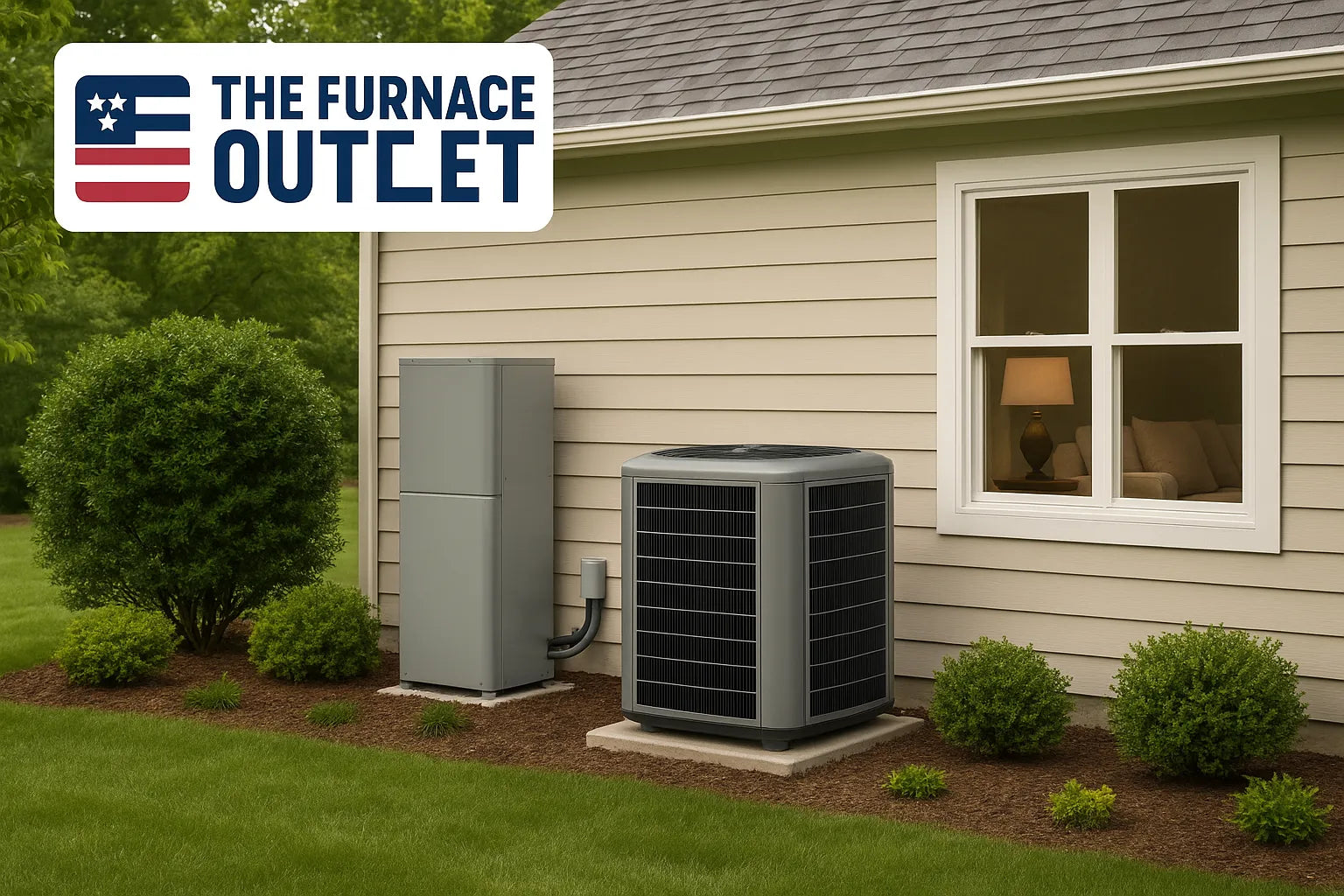What SEER2 and HSPF2 Actually Measure
Think of SEER2 as your unit’s summer MPG and HSPF2 as its winter MPG. SEER2 shows how efficiently the pump moves heat out of your home when it’s hot, while HSPF2 shows how well it moves heat in when it’s cold. Both numbers come from 2023’s tougher test procedure, so today’s ratings reflect real living-room conditions—not lab perfection. A jump from 14 SEER2 to 20 SEER2 can trim cooling bills by roughly 30 %, and nudging HSPF2 from 8.0 to 9.5 keeps more cash in your pocket all winter.
Why the 2023 Rating Update Matters
Before 2023, manufacturers tested units under lighter loads and lower fan speeds. The new SEER2/HSPF2 protocol cranks up the pressure drop across the indoor coil, mirroring modern duct runs. In plain English: numbers you see now are tougher to earn and easier to trust. That lets homeowners compare today’s R-32 heat pump systems on a level field—and spot older clearance models that look efficient but aren’t.
If You Cool More Than You Heat
Live in Phoenix, Tampa, or another long-summer zone? Focus first on SEER2. Every point above 16 SEER2 chips away at peak-season electricity costs. High-SEER2 units often pair with variable-speed compressors that flatten temperature swings and humidity spikes. When you browse ductless mini splits or packaged ACs, sort by SEER2 first, then check HSPF2 is at least the federal minimum so shoulder-season heating stays efficient.
When Heating Costs Drive the Math
Minnesota winters or a New York farmhouse? HSPF2 is king. A rating of 9.0–10.5 means the pump keeps pumping warm air even when the mercury dips into the teens. Cold-climate designers pair high-HSPF2 outdoor units with matched air handlers that prevent indoor coil frosting and keep airflow steady. You’ll pay a little more up front but avoid costly backup-heat cycles all season.
Finding the Sweet Spot for Mixed Climates
For most U.S. homeowners think Carolinas, mid-Atlantic, lower Midwest a balanced unit (≥15 SEER2 and ≥8.5 HSPF2) delivers year-round savings without blowing the budget. Use The Furnace Outlet’s free Design Center to plug in square footage, insulation level, and climate data; it will surface models that hit both targets and size them correctly.
Right-Sizing: The Hidden Efficiency Boost
Even a 20 SEER2 heat pump wastes energy if it’s oversized. Short cooling cycles leave humidity hanging in the air; short heating cycles cause drafts. Pros run Manual J load calculations or use advanced software to match tonnage to your home’s heat gain/loss profile.
Too small is just as bad units run non-stop, wearing out compressors. When in doubt, schedule a load-calc review through the Help Center before you buy.
Sticker Shock vs. Energy Savings
A high-efficiency pump can add $800–$1,500 to the equipment bill. But in climates with 1,500+ cooling hours or 4,000+ heating degree-days, that premium usually pays back in 3–6 years through lower utility bills. Many utilities sweeten the deal with rebates for ≥15 SEER2 or ≥9 HSPF2 units.
Check local incentives and factor them into the payback math sometimes the upgrade is nearly free after credits.
How Ratings Behave in the Real World
Lab numbers assume clean filters, tight ducts, and proper refrigerant charge. In practice, airflow restrictions and undercharged systems can steal 15 % of your SEER2/HSPF2. Keep filters clean, have a pro check charge annually, and seal duct leaks with mastic—not duct tape for performance that matches the yellow Energy Guide tag.
Comparing Models on the Sales Floor
Look beyond the bold SEER2 figure. Check the Integrated Energy Efficiency Ratio (IEER) if available it shows part-load cooling efficiency, which dominates real run time. Scan decibel ratings; a quiet variable-speed fan often signals better engineering.
Finally, flip to warranty pages: a 10-year parts and compressor warranty is now standard on quality brands and backed by The Furnace Outlet’s Lowest Price Guarantee.
Building Your Plan with an HVAC Pro
Numbers guide the choice, but installation makes or breaks performance. Partner with a contractor who pressure-tests ducts, opts for 410A-to-R-32 conversion best practices, and registers warranties properly. When you’re ready, contact us for model availability or freight quotes; our tech team has installed what we sell and can translate lab specs into house-by-house advice.
Reference Tips
-
Match climate to metric: Hot climate → SEER2 ≥ 16. Cold climate → HSPF2 ≥ 9.0. Mixed → both above minimum.
-
Size before you buy: Manual J or Design Center calculator, not rule-of-thumb tonnage.
-
Balance the budget: Energy-savings payback often under six years with utility rebates.
-
Maintain annually: Clean filters and verify refrigerant charge to keep ratings honest.
-
Leverage warranties: Ten-year parts coverage is the new baseline—register within 60 days.
Find the right SEER2-rated system for your climate at The Furnace Outlet.







